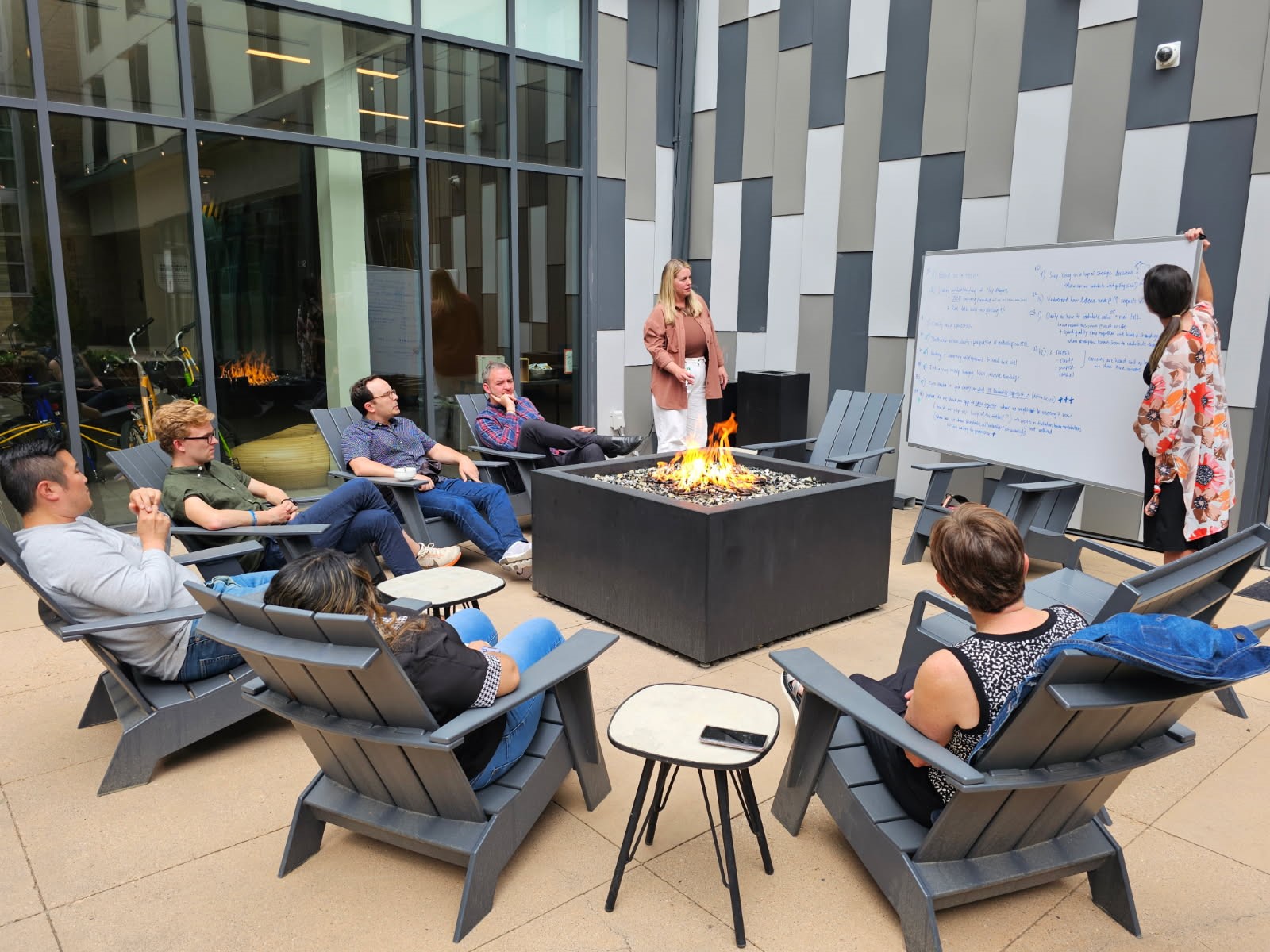First Principles Alignment: Investing to Shift Beliefs
Every investment is a bet on how the future can be different from the present.
Many investors look for signals that change is already underway. We look earlier. We focus on the problems that, if solved, can shift the way people think about entire systems.
The first step in our underwriting framework is First Principles Alignment. Before we assess team, business model, or financial structure, we ask a single question:
Is this company focused on solving a high-priority problem that can shift how people think and act?
This is not a procedural step. It is a deliberate choice about where to deploy our capital. The problems we choose to address should shape how change unfolds.
Why Problem Selection Matters
Problem selection sets the direction for everything that follows. Solving the right problem can expose the limits of old assumptions and show that a different way is possible. That proof can shift how people think and behave, which is often where real system-level change begins.
This is the foundation of our approach.
Where We See the Leverage
We look for structural failures inside systems that shape daily life. These are the places where frustration runs high, solutions are constrained by outdated mental models, and latent demand is waiting for credible alternatives.
Many of these failures appear most clearly in issue areas people care deeply about: health care, education, and the economy. Each represents a different kind of leverage point within complex systems.
- Health Care is shaped by entrenched incentives that distort entire markets. Third parties, not patients, act as the real customers, driving costs higher and prioritizing treatment over health. Chronic disease keeps climbing because the system is not designed to address root causes.
- The Economy is defined by regulatory choke points, supply constraints, and outdated financial and workforce systems that trap millions in scarcity. Energy, housing, finance, and skill-building pathways all contain belief bottlenecks that, once cracked, can open up entirely new possibilities.
- Education is constrained by uniform systems that fail to meet diverse human needs. K–12 models remain largely one size fits all, while families struggle to access innovative alternatives because of structural barriers like facilities, enrollment, and payments.
These aren't operational inefficiencies. They're leverage points that can redefine how systems function.
Investing in Proof Points that Move Paradigms
When the right problems are solved, the results speak for themselves. Proof points shift frustration into adoption, and adoption reshapes how communities, policymakers, and markets behave.
Paradigm shifts do not begin with slogans. They begin with solutions that work. Our role is to back the teams aiming at the problems that matter most so those solutions can take root.
Why This Lens Matters
For founders, this is a call to aim beyond incremental improvements. Choose problems that unlock belief shifts, not just market share. For co-investors and partners, this lens explains how we decide where to place time, capital, and conviction.
We are not just investing in companies. We are investing in the future stories people will tell about how systems changed.
.png)



